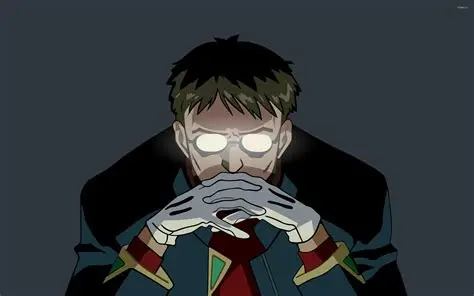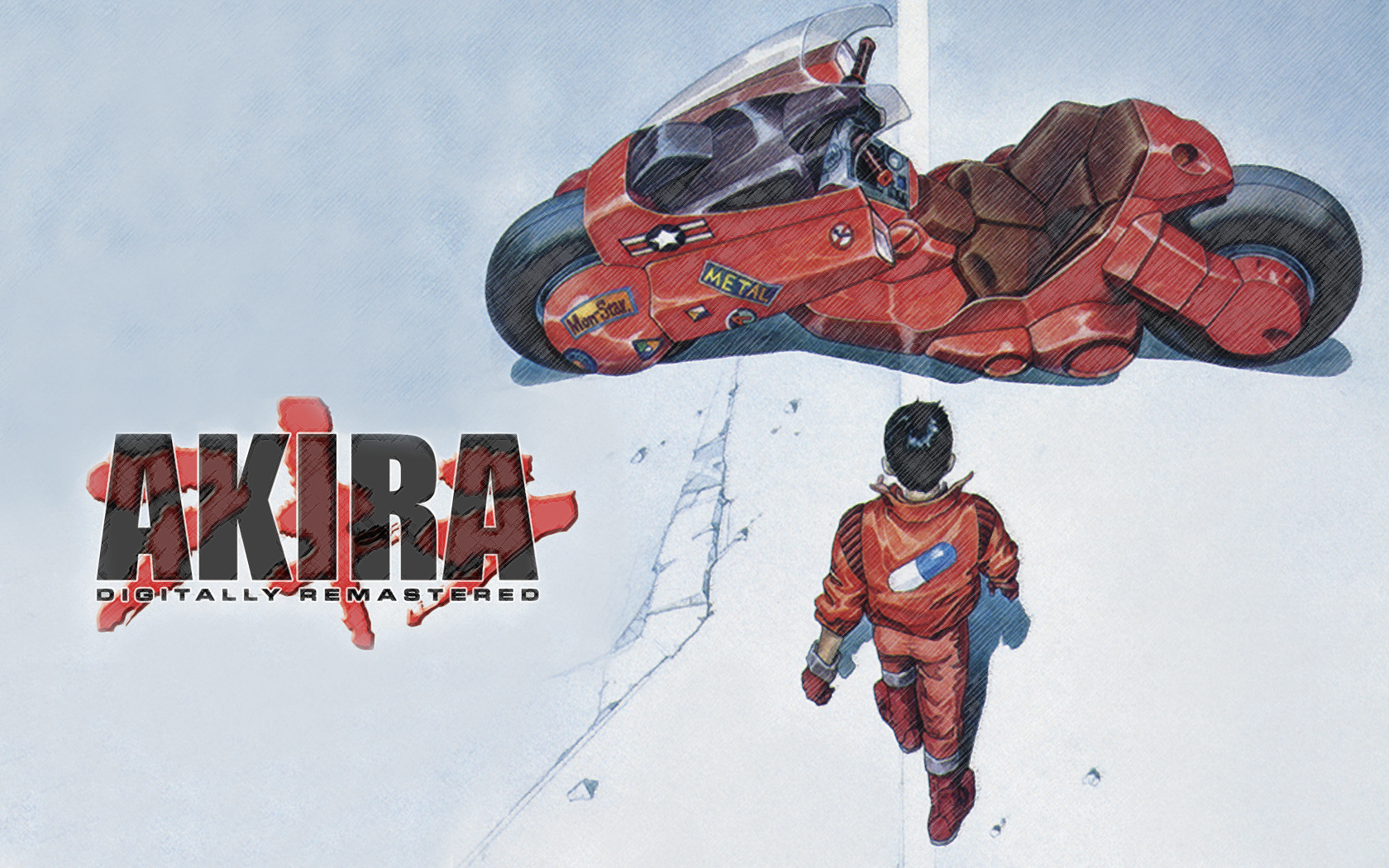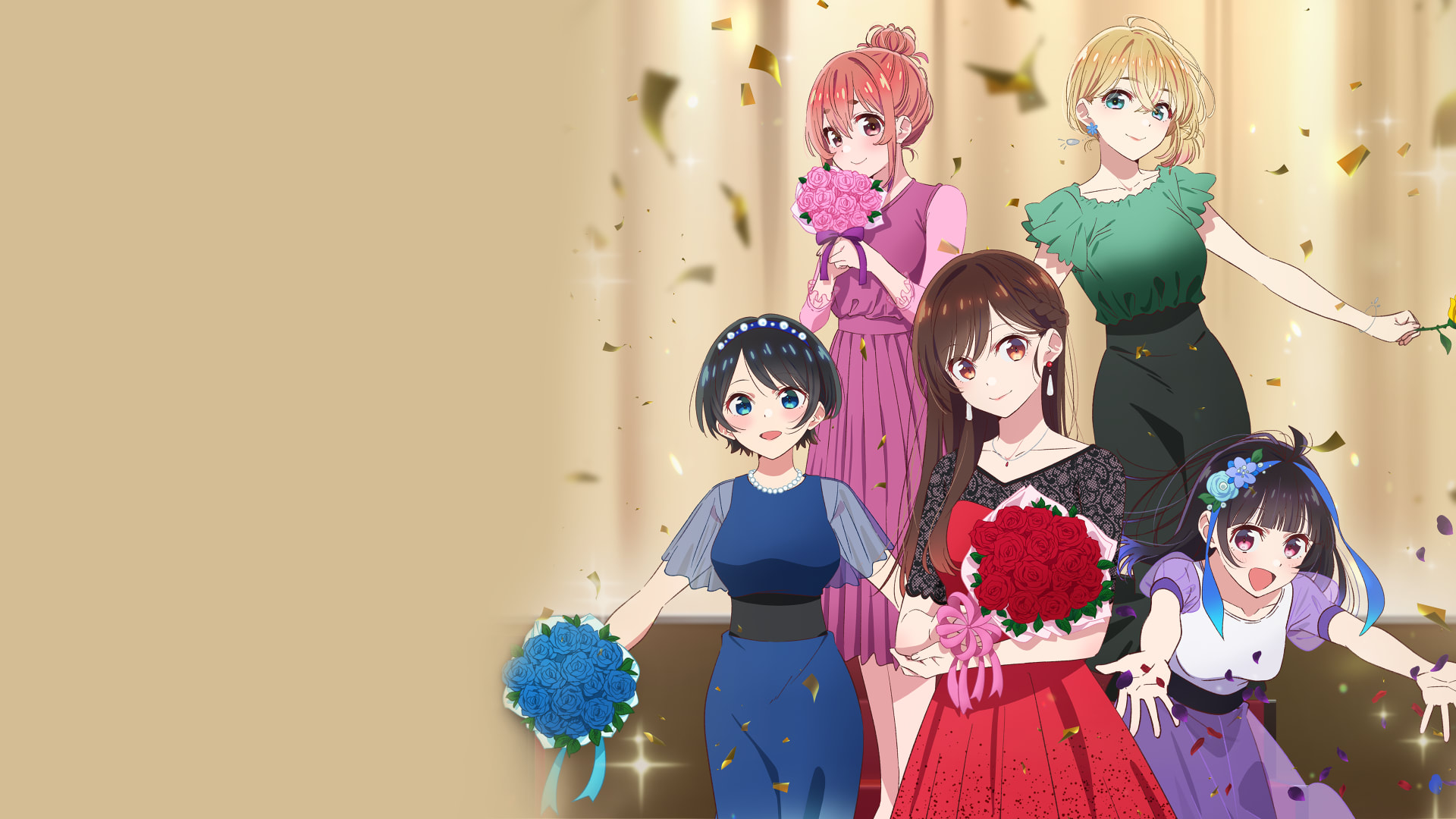10 Overrated Anime Villains Fans Love to Defend (But Are Actually Terrible)

The debate is eternal in the otaku community: there are Anime Villains that, despite a legion of passionate defenders, are fundamentally poorly constructed. Whether due to weak motivations, nonsensical plans, or a forced redemption that ignores their actions, some antagonists get a “free pass” from fans solely for their aesthetics or a tragic past. We analyze 10 popular characters that, when looked at critically, don’t hold up as good villains, despite their fame.
Why Do We Defend Poorly Written Anime Villains?
Before diving into the list, it’s crucial to understand the phenomenon. Often, the defense of a villain isn’t based on the quality of their writing, but on their design, charisma (like Dio Brando), or a narrative “Stockholm syndrome,” where the audience spends so much time with the character that they overlook their logical flaws (like Obito Uchiha).
This phenomenon is common in the universe of Anime, where the “rule of cool” frequently surpasses narrative coherence. A villain may commit atrocities, but if they have an impactful crying scene, many fans forget that their goals were, in essence, foolish or selfish.
Villains the Fanbase Lets Slide
The list below doesn’t measure how “evil” the villain is, but rather the quality of their narrative construction versus the defense they receive.
1. Obito Uchiha (Naruto Shippuden)
![]()
The classic case. Obito started a world war that killed tens of thousands, including the protagonist’s parents, all based on a teenage trauma. Although his story with Rin is tragic, the scale of his reaction is disproportionate, and his eventual “redemption” is one of the most criticized in the series, downplaying his crimes for a selfish cause.
2. Griffith (Berserk)
![]()
Griffith is, without a doubt, one of the most effective antagonists ever created. However, defending his actions (especially the Eclipse) under the pretext that “he did what he had to do to achieve his dream” ignores the complete lack of morality. The discussion isn’t whether he’s a well-written character (he is), but whether his actions are “defensible” as many fans argue. The answer is no.
3. Malty S Melromarc (The Rising of the Shield Hero)
![]()
Many villains are hated, but Malty is defended by a segment that sees her actions as “interesting” for the plot. The reality is she’s a one-dimensional character. Her motivations are purely sadistic and shallow (envy, pure malice), lacking the depth complex antagonists require. She isn’t a well-written villain; she’s just a plot device to make the protagonist suffer.
4. Dio Brando (JoJo’s Bizarre Adventure)
![]()
I’m an unconditional fan of JoJo’s Bizarre Adventure, and Dio is perhaps the most charismatic and “memeable” villain in anime history—which is why I’m one of those fans who defends him. But the truth is, we fans love his pure villainy and exaggerated charisma. The problem is, especially in Part 1, he’s just that: pure evil. His motivation is superficial (power and tormenting the Joestars), and he lacks the complexity many top-tier villains have. He’s a fun and iconic villain, which is different from being well-written in terms of depth.
5. Light Yagami (Death Note)
![]()
Many defend Light as a complex anti-hero whose fall was tragic. Criticism, however, points to the speed of his corruption. He goes from a bored student with a warped sense of justice to a genocidal sociopath (willing to kill innocents like Naomi Misora or his own family) in record time. His “god complex” develops almost cartoonishly, and his genius often relies more on plot conveniences than infallible logic.
6. Suguru Geto (Jujutsu Kaisen)
![]()
Before the Shibuya Incident, Geto’s defense was based on his tragic past (shown in the “Hidden Inventory” arc) and his charisma as a cult leader. The flaw lies in the abruptness of his turn. The transition from “protecting the weak (non-sorcerers)” to “exterminating all non-sorcerers” happens abruptly after a single, albeit traumatic, event. For the scale of genocide he proposes, his motivation feels underdeveloped and reactive, lacking the philosophical depth the anime tries to attribute to him.
7. Zamasu (Dragon Ball Super)
![]()
Fans defend Zamasu for having a “comprehensible” motivation: the hypocrisy and violence of mortals. The problem is the execution. His plan is absurdly convoluted (stealing Goku’s body, traveling back in time, allying with himself), and his definition of “justice” is just petulance and racism on a cosmic scale. He isn’t a misunderstood philosopher; he’s a spoiled god whose solution to a complex problem is a childish and poorly planned genocide.
8. Gabi Braun (Attack on Titan)
![]()
Gabi is defended as a “mirror” of protagonist Eren, a child soldier product of intense indoctrination. Her concept is excellent. The execution, however, is criticized for being too rushed. Her actions (like Sasha’s death) are designed to inflame the audience, and her eventual change of heart about Paradis’ “devils” happens too quickly. For many, her “redemption” feels rushed and easy given the gravity of her actions and the depth of her initial hatred.
9. Yuno Gasai (Mirai Nikki – Future Diary)
![]()
The “Queen of Yandere.” Yuno is defended for being the ultimate icon of this archetype and for her final plot twist. However, she’s a terribly shallow character. 99% of her actions and personality boil down to one thing: “Yuki.” Her tragic past is used as a generic excuse to justify extreme and illogical violence. She isn’t a complex character; she’s a walking fetish that serves only to shock and revolve around the male protagonist.
10. The “Will of the Abyss” (Pandora Hearts)
![]()
Initially seen as a mysterious and malevolent entity, the Will of the Abyss and its connection to Alice and Jack Vessalius drives the plot. The defense stems from the mystery. The problem is that, in the end, the revelation of its motivations and the true nature of the villain (Jack) make its previous actions confusing and, at times, contradictory. What was meant to be a cosmic terror reduces to a poorly resolved interpersonal drama, weakening the main villain’s impact.
The Difference Between “Complex” and “Poorly Written”
It is vital for critical analysis to distinguish between complex villains (like Meruem from Hunter x Hunter, who evolves) and villains who are simply popular. The Anime Villains listed above often fall into the second category, where popularity and design outweigh the internal logic of their narrative arcs, proving that not every popular character is, in fact, a good villain.


